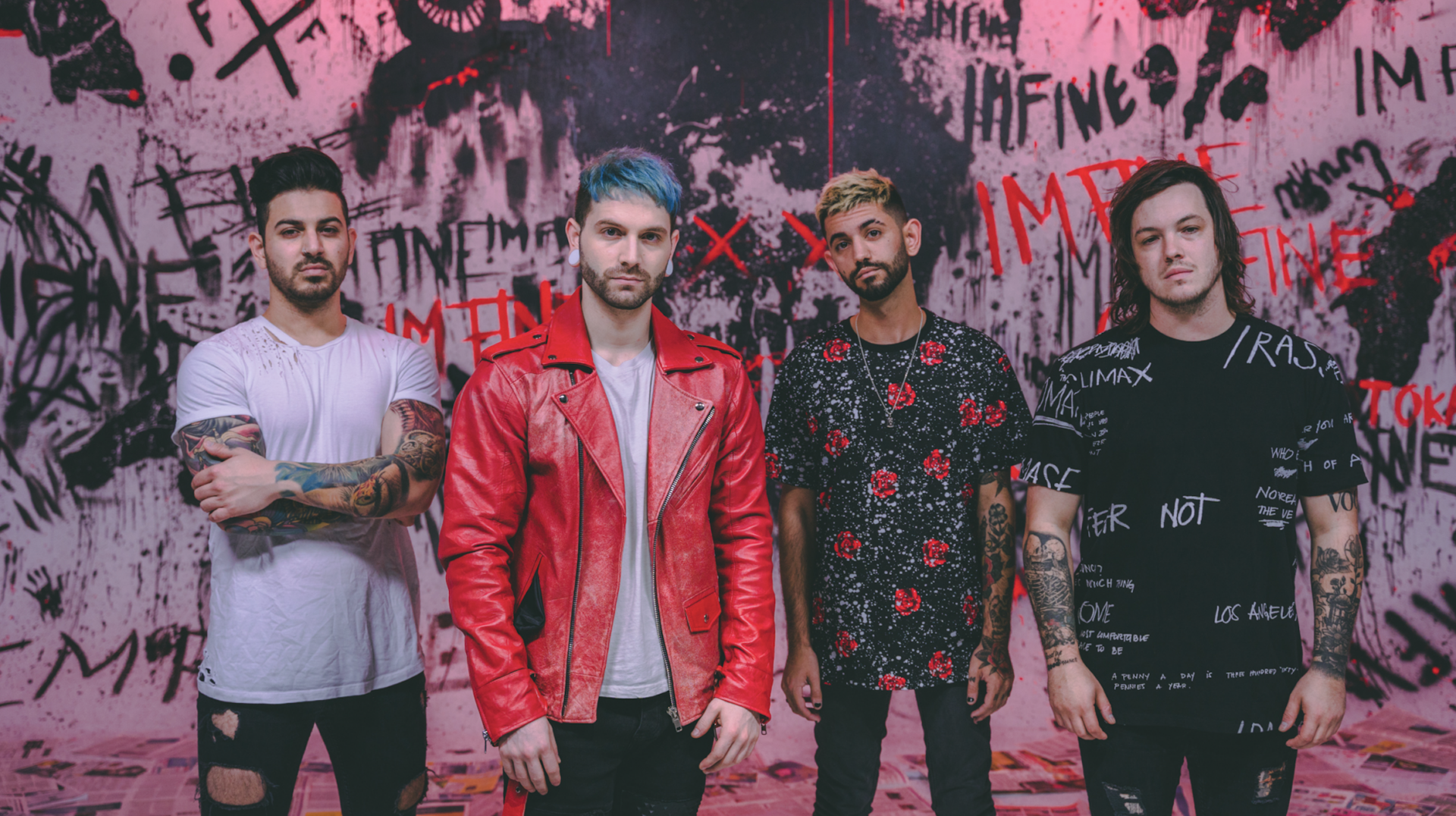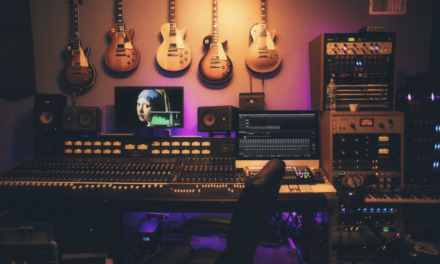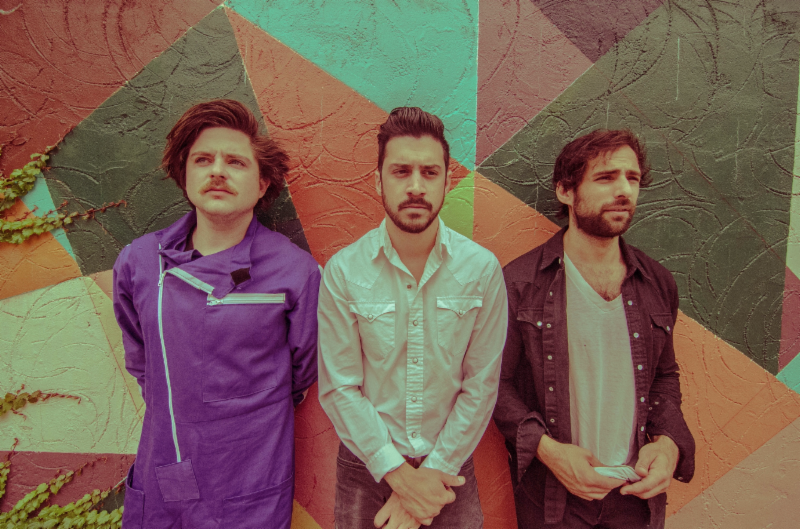First launched as Spotify Greenroom in 2021, Spotify Live was hailed as the next generation for audio listeners. However, by 2023, Spotify Live was canned by the audio streaming giant. But, what was it, why didn’t it work, and what could it learn from other successful applications of live media? Let’s take a look.
What was Spotify Live?
Spotify Live was what is known as a social audio app, combining the merits of Spotify’s audio streaming services and aspects of social media. The functionality was later combined with the traditional Spotify app. Through Spotify Live, users could create or join ‘rooms’ in which to host or take part in a virtual environment of up to 1000 participants.
Within these rooms, the audio content creators could talk to their fans in real time, provide intimate live shows, and create live podcasts, which came with the opportunity to have live audience discussions in tandem. This was made possible thanks to Voice over Internet Protocol (VoIP) and live audio capture technology. After the event had ended, Spotify could send the recorded audio as an mp4 file to be uploaded as future on-demand content and streaming.
Once the news was broken that Spotify Live would close its doors in April 2023, a Spotify spokesperson told TechCrunch that their decision was made after “a period of experimentation and learnings around how Spotify users interact with live audio”, shedding critical insight into the potential downfall of the service.
Successful live media applications
Although live media might not have worked out for Spotify, there are a few other industries that regularly and successfully provide live media entertainment. Perhaps one of the most longstanding examples of this is online casinos, which have utilized technological advancement to offer both on-demand and live casino games, or to offer gameplay that would not be suited to the on-demand format.
Take roulette, for example. There is a selection of roulette tables available online , such as classic Live Roulette, or themed tables like Sports Arena Roulette, Quantum Roulette Live, and Age Of The Gods Roulette which uses livestream technology to provide players with authentic, real time gameplay, hosted by a real life croupier, and offering players the opportunity to interact with other players in real time.
Another widespread success story for live media is social media livestreaming. Most, if not all, of the main players of the social media world offer live streaming functionality on their platforms, namely Facebook Live, YouTube Live, Instagram Live, Twitch, TikTok LIVE, and you can even ‘go live’ on X (formerly known as Twitter).

In fact, statistics show that 23.7% of global users use social media to watch live content. In one quarter of 2022, this amounted to 7.2 billion hours of content watched live on social media. And it probably won’t stop there, with Google reporting a 300-500% increase in searches for live streaming in 2020 alone – a trend that has since continued on a steady upward trajectory.
Was Spotify Live before its time?
Although Spotify Live might have failed to hit the mark, live streaming entertainment on the whole, has continued to become more and more popular. Whilst the current market for live audio is admittedly limited, the continued development of live streaming and live media in the entertainment industry raises the question of whether or not Spotify Live is something that could be revisited – and potentially be more successful – in the future.
“Exploring avenues like specialized music promotion services becomes crucial for artists looking to boost their visibility. These services offer tailored strategies to enhance your presence and reach a broader audience. While Spotify Live faced challenges, the evolving landscape of live streaming and music promotion services leaves room for potential future successes.”













